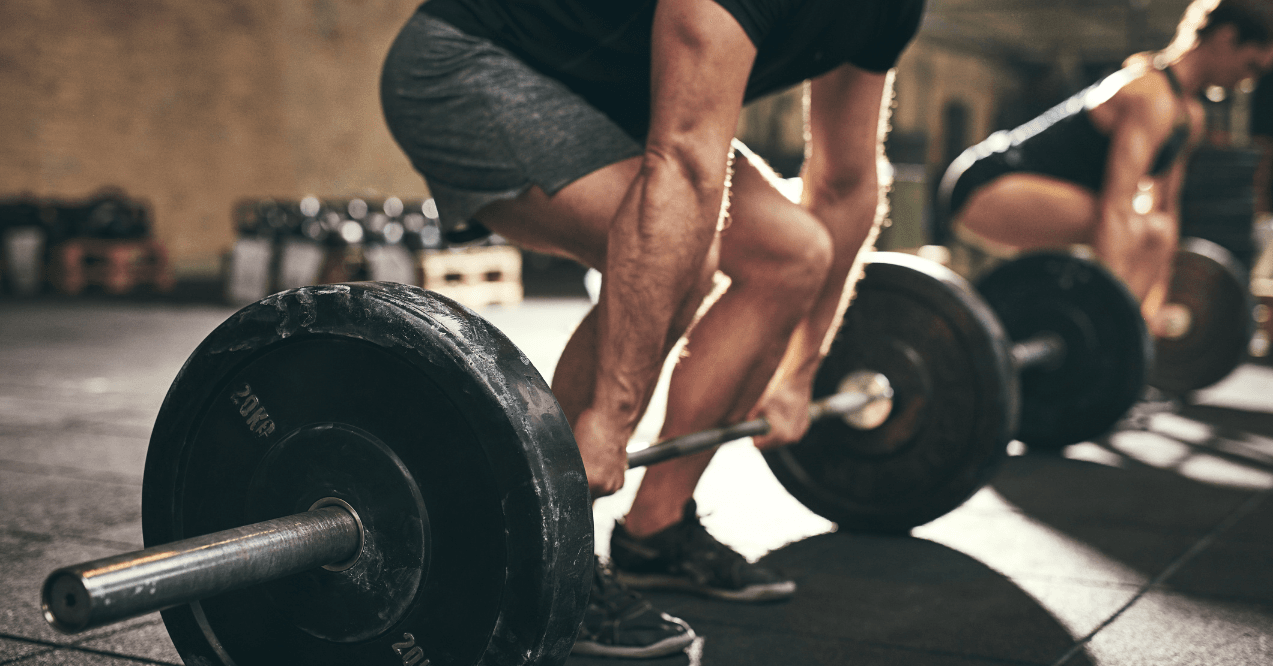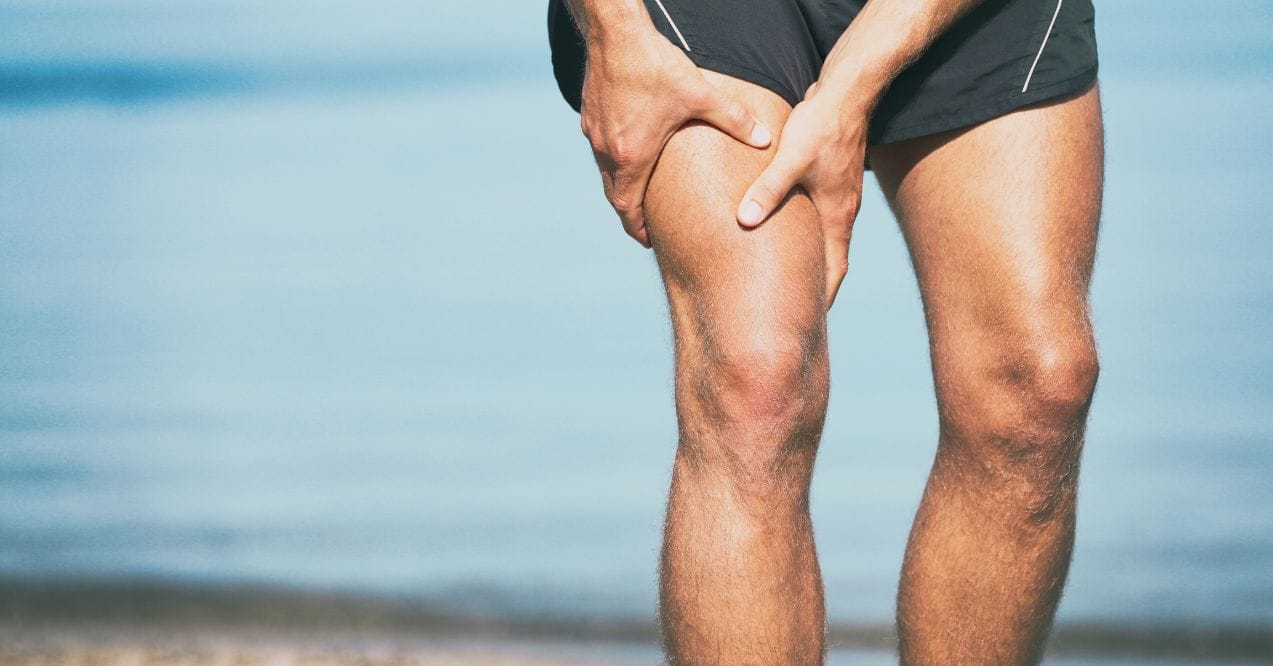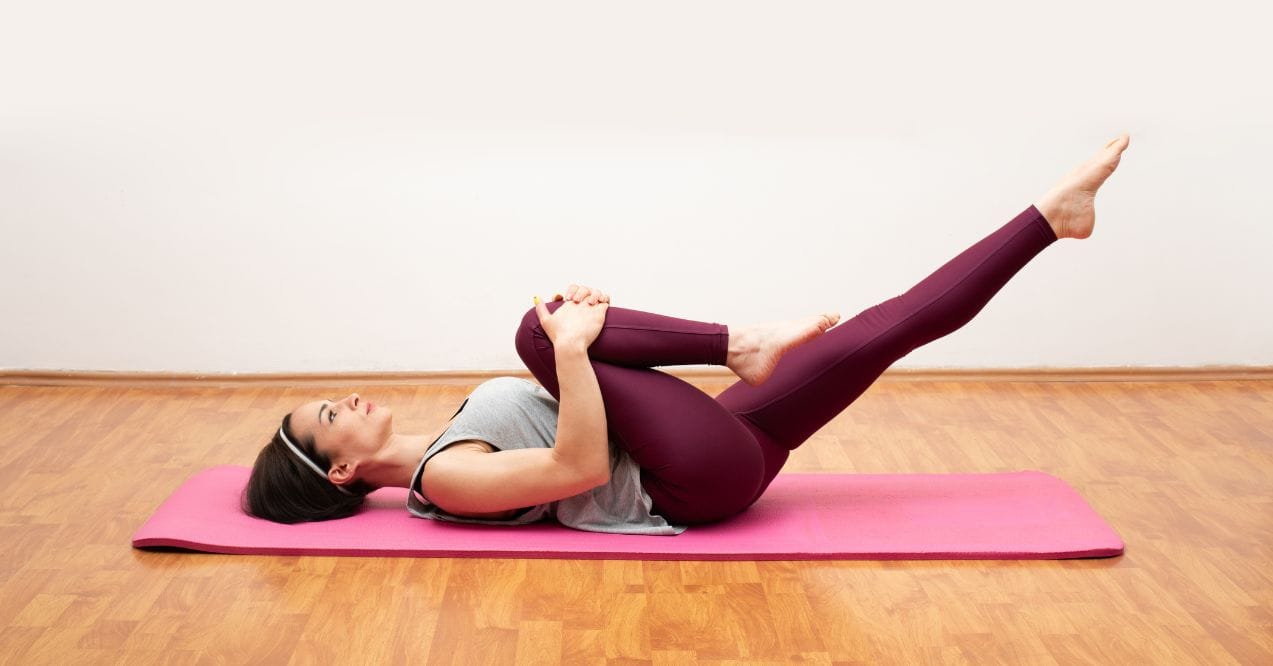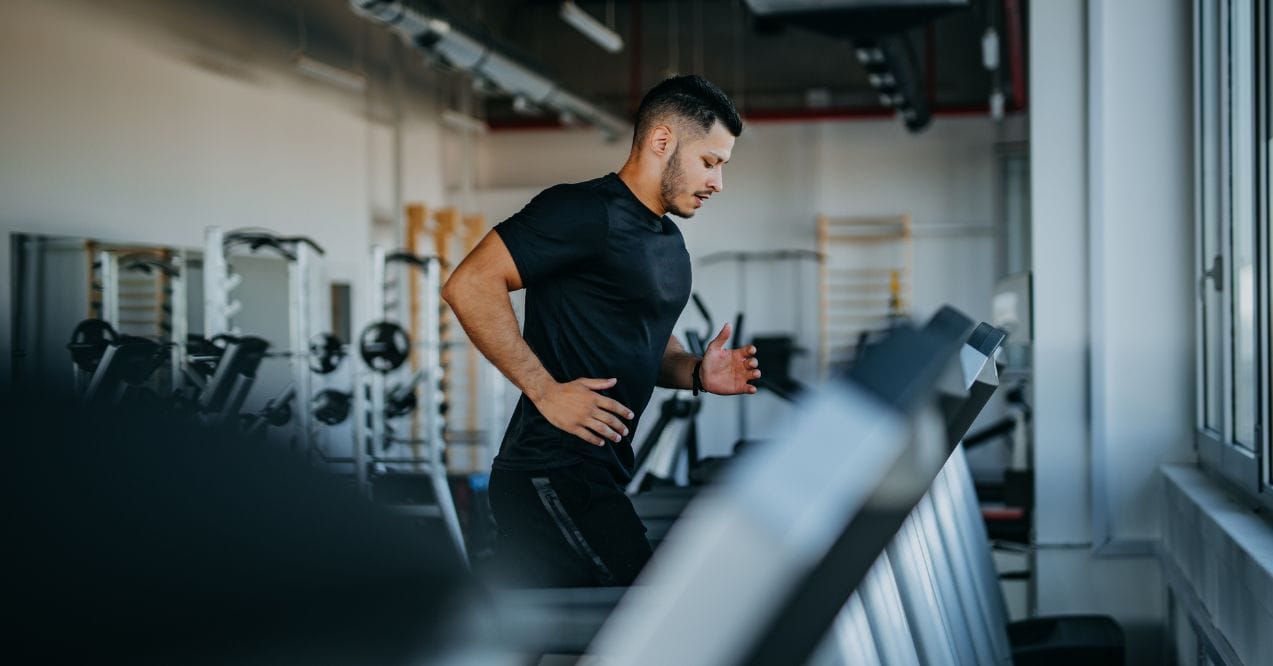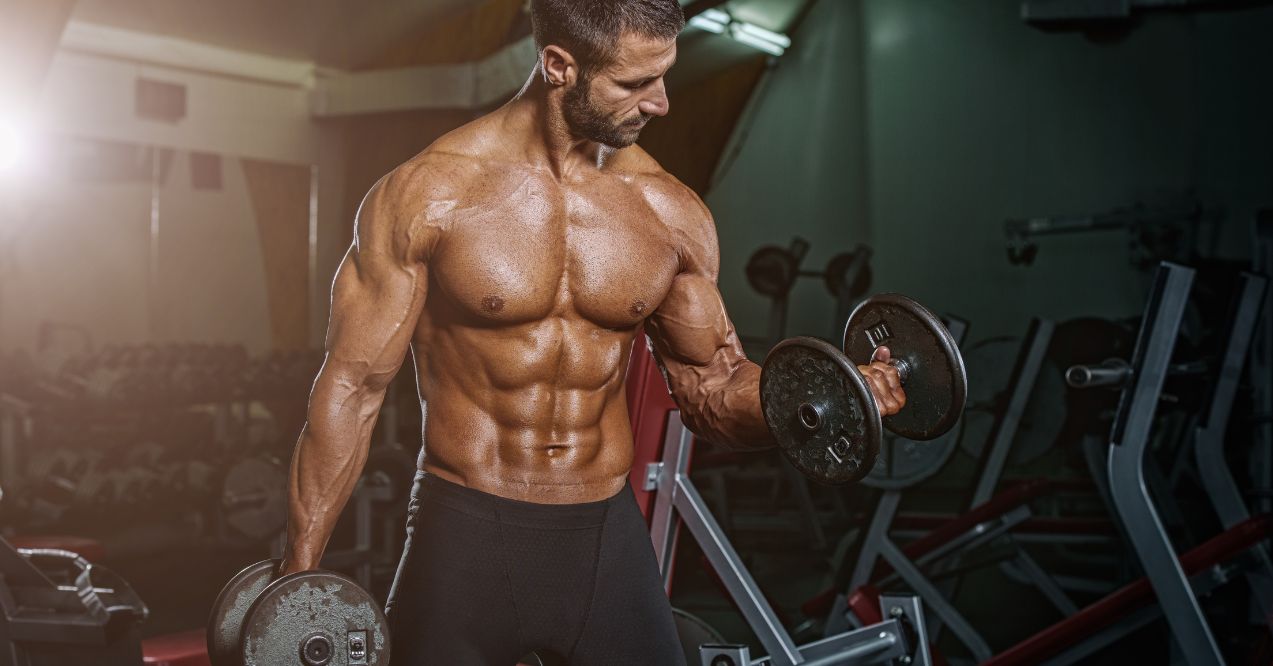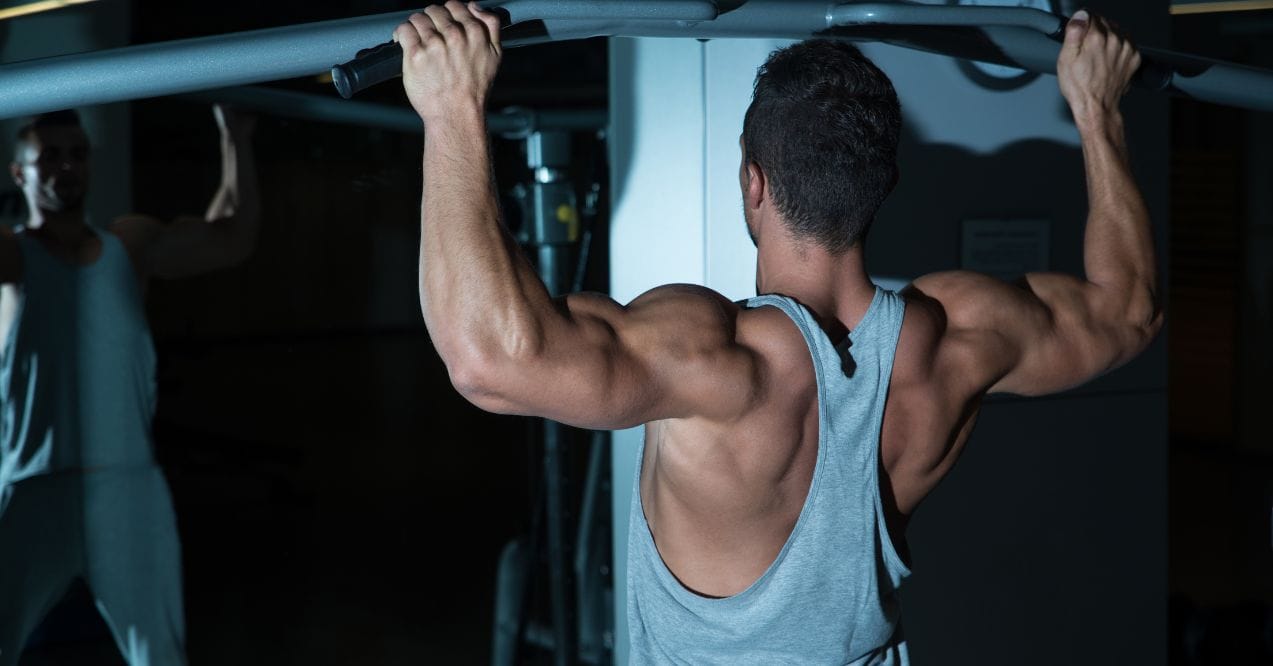Lagree vs Pilates: Which Workout is Better?
Lagree vs Pilates has become a common topic among fitness fans looking for effective, low-impact workouts that target the core muscles. Both methods have gained massive popularity in recent years, with studios popping up in cities worldwide.
These workout styles focus on building strength without the high-impact stress of traditional gym exercises. While they share some similarities, they offer different approaches to fitness that appeal to various goals and preferences.
Many people confuse these two workout methods or assume they’re basically the same thing. In this guide, we’ll break down what makes each unique, their benefits, and help you decide which might work better for your fitness journey.
Lagree vs Pilates – A Comprehensive Comparison
Pilates and Lagree share roots in controlled movement but differ in key ways.
Developed in the early 20th century, Pilates focuses on precise movements that align the body and build core strength with an emphasis on form. Lagree, created in the early 2000s, takes these concepts but adds higher intensity, combining Pilates elements with strength training and cardio. The method uses time under tension workout principles to maximize results in shorter sessions.
Equipment highlights the main differences: Pilates uses the Reformer with gentle spring resistance, while Lagree employs the Megaformer with greater resistance and instability. Both are low-impact options suitable for various fitness levels, with Pilates appealing to those seeking alignment and flexibility, while Lagree attracts those wanting more intensity.
Here’s how these methods compare across key factors:
| Feature | Pilates | Lagree |
| Intensity | Moderate | High |
| Focus | Form, control, alignment | Muscle fatigue, endurance |
| Pace | Measured, rhythmic | Slow, sustained tension |
| Equipment | Reformer, Cadillac, Chair | Megaformer |
| Session Length | 45-60 minutes | 40-45 minutes |
| Origin | Early 1900s (Joseph Pilates) | Early 2000s (Sebastien Lagree) |
| Best For | Beginners, rehabilitation, flexibility | Those seeking intensity, advanced fitness |
| Muscle Emphasis | Core-centric | Full-body, multiple muscle groups |
Pilates: The Art of Controlled Movement
Pilates centers on the idea of control rather than repetitions. This method trains the body to move with purpose and efficiency, connecting movement with breath. It focuses on what Joseph Pilates called the “powerhouse” – the muscles of the abdomen, lower back, hips, and buttocks.
Many dancers and athletes use Pilates to improve their performance, while others turn to it for somatic workout plan benefits that connect mind and body.
Techniques of Pilates
Pilates exercises follow six key principles: concentration, control, center, flow, precision, and breathing. These principles guide all movements, whether on a mat or machine. In mat Pilates, you use your body weight as resistance, performing exercises like The Hundred, Roll-Ups, and Leg Circles.
In Reformer Pilates, you lie, kneel, or stand on a sliding carriage that moves along tracks, using springs for resistance. The movements are small and focused, with careful attention to form. Instructors often cue proper breathing patterns – typically inhaling through the nose and exhaling through the mouth – to help with control and engagement of the core muscles.
Many Pilates exercises begin by finding your “neutral spine” position, which maintains the natural curves of your spine rather than pressing it flat to the ground. This approach helps develop core strength while respecting the body’s natural alignment.
Equipment Used in Pilates
While mat Pilates requires minimal equipment, studio-based Pilates offers several specialized machines:
- The Reformer – A bed-like frame with a sliding carriage, springs, and straps that provide resistance
- The Cadillac – A raised table with a canopy frame featuring various springs, bars, and straps
- The Wunda Chair – A box with a pedal that moves against spring resistance
- The Spine Corrector – A curved step barrel that supports the spine during stretches
- The Magic Circle – A flexible ring used to add resistance to various exercises
These tools use spring-based tension that can be adjusted based on skill level. Unlike weight machines at the gym, Pilates equipment provides resistance in multiple directions, challenging the body to stabilize throughout the entire range of motion rather than just pushing or pulling in one direction.
Pilates Benefits
Regular Pilates practice may lead to several fitness improvements:
- Stronger core muscles that support the spine and improve posture
- Greater flexibility and range of motion in the joints
- Better balance and coordination through controlled movements
- Improved body awareness and mind-body connection
- Potential relief from some types of back pain through core strengthening
For many people, Pilates serves as a foundation for other physical activities. The focus on proper alignment and movement patterns may help prevent injuries in daily life and other sports. Many people also report feeling taller and moving more gracefully after consistent practice.
While not primarily a weight loss workout, Pilates helps build lean muscle, which may increase metabolism over time. It’s often combined with cardio activities for a well-rounded fitness approach.
Lagree: Intensity and Efficiency
Lagree takes the principles of control from Pilates and cranks up the intensity. This workout method aims to push muscles to their limits through sustained tension and minimal rest. Classes typically last 45 minutes but feel much longer due to the constant muscle engagement.
What is Lagree? It’s a high-intensity, low-impact workout that combines strength, cardio, and endurance training on a specialized machine.
The workout targets slow-twitch muscle fibers through time under tension, creating the burn that many fitness enthusiasts chase. While Pilates focuses on alignment and control, Lagree adds elements of muscle failure and endurance for more intense results.
Techniques of Lagree
Lagree movements follow a specific tempo – typically counting to four during both the active and passive phases of each exercise. This slow pace keeps muscles under constant tension, making even simple movements challenging. Unlike traditional weightlifting, there’s no momentum or rest between repetitions.
Key techniques include:
- Slow, controlled movements (often 4 counts in each direction)
- Minimal breaks between exercises to maintain elevated heart rate
- Full range of motion to engage multiple muscle groups
- Focus on eccentric (lengthening) phase of movements
- Working to muscle failure in each exercise
Signature Lagree moves include the “Bear” (a plank variation with sliding elements), “Wheelbarrow” (an arm and core exercise using the carriage), and various lunge patterns that challenge stability. The method emphasizes form but pushes you beyond your comfort zone with sustained holds and micro-adjustments that keep muscles firing.
Equipment Used in Lagree
The Megaformer is the centerpiece of Lagree workouts. Unlike the Pilates Reformer, which uses lighter springs and focuses on controlled movement, the Megaformer features:
- A larger carriage with front and back platforms
- Stronger springs for greater resistance
- Multiple hand and foot positions for exercise variations
- Numbered slots for consistent positioning and tracking progress
- Handlebars for stability during more challenging movements
Even though Lagree exercise is a much newer concept and not as much research is done to prove its efficiency, we know that the Megaformer machine allows for quick transitions between exercises, keeping heart rates elevated throughout the session. Its design enables work in all planes of motion – forward/backward, side-to-side, and rotational movements – for a truly comprehensive workout that targets muscles from multiple angles.
Some studios also use the newer M3 Megaformer or the Supra, which add even more variation and intensity options to the workout.
Lagree Benefits
The Lagree method may deliver several fitness benefits:
- Potential increased calorie burn compared to traditional strength training
- Improved muscular endurance through time-under-tension principles
- Full-body workout in under an hour
- Possible muscle toning without adding significant bulk
- Strengthened core and improved stability
Many people notice signs of gaining muscle and losing fat after consistent Lagree practice. The method combines strength training with cardio elements, potentially helping with body composition changes. Since classes move quickly between exercises, they also offer time efficiency for busy lifestyles.
While challenging, the low-impact nature of Lagree makes it accessible to many fitness levels. The slow, controlled movements put less stress on joints than high-impact exercises like running or jumping.
Key Differences Between Lagree and Pilates
When looking at the difference between Lagree and Pilates, several key factors stand out:
| Pilates | Lagree | |
| Machine Design | Reformer uses lighter springs focusing on alignment and control | Megaformer features stronger resistance, multiple platforms, designed for greater intensity |
| Workout Pace | Focuses on precision with brief pauses between exercises | Features faster transitions between movements to maintain elevated heart rate |
| Movement Style | Emphasizes flowing, controlled movements with proper form | Incorporates sustained holds, pulses, and working to muscle failure |
| Intensity Level | Can be modified for various fitness levels, often used in rehabilitation | Generally more challenging and intense, even for experienced exercisers |
| Workout Goals | Primarily targets core strength, flexibility, and proper alignment | Aims for muscle fatigue, cardiovascular benefits, and strength-building |
While both methods keep your body guessing with varied movements, Lagree tends to put greater emphasis on challenging your muscular endurance and pushing to fatigue. Pilates typically allows more room for perfecting form and technique with a gentler approach.
Another notable difference is class structure. Pilates sessions often build gradually, while Lagree jumps right into intensity and maintains it throughout. This makes Lagree more time-efficient but potentially more intimidating for beginners.
Which Is Better: Lagree or Pilates?
When it comes to the lagree vs pilates debate, there’s no one-size-fits-all answer. The “better” option depends entirely on your personal fitness goals, physical condition, and preferences.
Pilates might be the better choice if you:
- Are new to fitness or returning after a long break
- Need gentle exercise due to injury or joint issues
- Want to focus primarily on flexibility and core strength
- Prefer a mindful approach with attention to subtle movements
- Are looking for exercises that can complement other activities
On the other hand, Lagree could be more suitable if you:
- Already have a fitness base and want more challenge
- Are looking to build strength while getting some cardio benefits
- Want efficient workouts that deliver maximum results in minimal time
- Enjoy pushing to muscle fatigue for that “worked out” feeling
- Have goals related to muscle toning and endurance
Many fitness enthusiasts actually benefit from including both methods in their routine. You might use Pilates to build your foundation and body awareness, then add Lagree sessions for intensity. Some people alternate between the two, using Pilates as active recovery days between more intense Lagree workouts.
Many fitness enthusiasts find that Bone Broth Protein provides ideal post-workout recovery support. This natural supplement delivers essential amino acids that may help with muscle recovery and joint health – a perfect complement to low-impact workouts like Pilates and Lagree.
Conclusion
The lagree vs pilates comparison shows two effective but different low-impact methods. Pilates builds core strength through controlled movements, with century-old techniques that make it widely accessible. Lagree offers a more intense experience through sustained tension, combining strength and cardio in shorter sessions.
Both methods adapt to different fitness levels without joint stress. Rather than choosing one over the other, many experts suggest using them as complementary approaches in a well-rounded fitness plan. The best workout is simply the one you’ll do consistently – whether that’s Pilates, Lagree, or both.
No, Lagree is not Pilates. While Lagree was inspired by Pilates principles, it’s a distinct method with different equipment, higher intensity, and a focus on muscle fatigue through sustained tension.
Lagree is a high-intensity, low-impact fitness method created by Sebastien Lagree. It combines elements of strength training, cardio, and endurance work performed on a specialized machine called the Megaformer.
Lagree may burn more calories during the workout than traditional Pilates due to its higher intensity, minimal rest periods, and greater resistance. However, individual results vary based on effort and fitness level.
Advertisement. This site offers health, wellness, fitness and nutritional information and is designed for educational purposes only. You should not rely on this information as a substitute for, nor does it replace, professional medical advice, diagnosis, or treatment. If you have any concerns or questions about your health, you should always consult with a physician or other health-care professional. Do not disregard, avoid or delay obtaining medical or health related advice from your health-care professional because of something you may have read on this site. The use of any information provided on this site is solely at your own risk.
